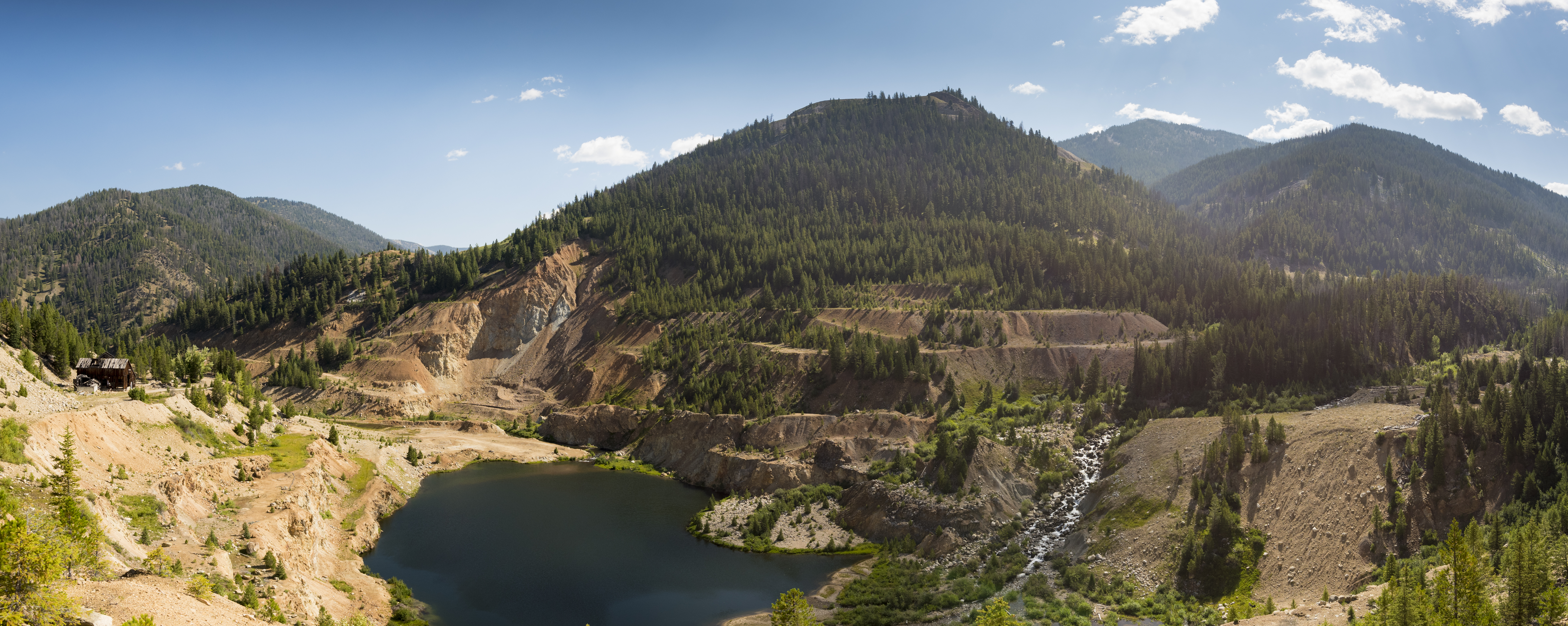The East Fork of the South Fork of the Salmon River needs help
The river pours into an abandoned mine pit, salmon are blocked from their native spawning grounds and the water quality and habitat are degraded by sediment.
These problems are the result of the site being abandoned after 100 years of mining activity. As the area waits for the funding and resources necessary for restoration, the issues facing the river are becoming more critical with each passing day.
It is time to rewrite this river’s story so that it ends in success. Perpetua Resources has the right plan and the right resources to clean up the river.
In 2021, the Environmental Protection Agency and U.S. Forest Service directed our team to start addressing legacy contamination at site over the next four years to improve the water quality issues that exist today. This work only includes clean up actions, not mining activity. The current efforts underway, coupled with our proposed mining and restoration activities would allow for the comprehensive clean-up of the Stibnite Mining District.
If you want to learn more about the problems facing the river and proposed solutions, you can read our in-depth report.


IT IS TIME TO RESTORE THE RIVER
It is time to return salmon to their native spawning grounds, fix the water quality issues plaguing the East Fork of the South Fork of the Salmon River and prevent sediment from choking the river once and for all. We have a plan that can do all these things and leave the site better than before. But we need the community’s support.
Please sign up to receive updates on our project and know when to provide your thoughts to the U.S. Forest Service as it reviews our plan.
Why is mining the solution?
- Prior mining companies created the problems facing the East Fork of the South Fork of the Salmon River but mining today is much different than what took place in the past. We designed the Stibnite Gold Project around the idea that modern, responsible mining can provide the necessary resources to fix the problems of the past that still linger today.
- It will take a lot of money to restore the East Fork of the South Fork of the Salmon River. Through the Stibnite Gold Project, we can provide the funding, resources and team of experts needed to improve the site.
- Our plan is designed to address the legacy impacts on water quality and reconnect fish to their native spawning grounds early in the project and even before mining begins. During project construction and the first years of operations, millions of tons of tailings will be picked up, reprocessed and safely stored. Sources of sedimentation will be fixed, and fish will once again be able to use many miles of waterways and spawning grounds upstream.
- Regulations around mining are much stricter today than in the past, when most of the mining occurred at Stibnite. Today, our project is being thoroughly analyzed under the National Environmental Policy Act. After 11 state and federal agencies complete their review and consider input from the public and interested stakeholders, these agencies will approve the final plan for restoration, operations and mitigation. We must follow the approved plan, including strict requirements about how we care for the environment and restore the site.
- Unlike mining that occurred decades ago, Perpetua Resources will set aside all funds necessary to restore the site before mining ever begins. This ensures the East Fork of the South Fork of the Salmon River will finally get the attention it needs.
- Some taxpayer funded and privately funded restoration work has already taken place around Stibnite. However, those efforts did not completely remedy the environmental problems. We cannot stand by and let water quality degrade and fish habitat continue to be diminished.

Yellow Pine Pit
THE PROBLEM: The abandoned Yellow Pine pit blocks salmon from their native spawning grounds.
THE SOLUTION: In the initial years of project construction, we will reroute the river currently flowing into the pit by installing a temporary 0.8-mile fish passage tunnel-designed with resting pools, lighting and the needed gradient and flow to provide a state-of-the-art system for fish migration. A few years later, we will use clean rock from other areas as a base for reforesting the area and rebuilding the river channel to allow fish to again migrate upstream.

Blowout Creek
THE PROBLEM: In 1965, an electric power generation dam failed in the upper reaches of Meadow Creek. More than 50 years later, Blowout Creek still cuts through the hillside, adding hundreds of tons of sediment into the watershed. This sediment degrades water quality and fish habitat. In addition, important wetlands have been lost because the water table in the upper valley has fallen.
THE SOLUTION: Blowout Creek is outside of the area we plan on mining, however, with some simple changes to our mining plan, we can significantly improve the area. Initially, we will install a rock drain to reduce the sediment and later we will build a weir to raise the water table in the wetlands and reconstruct the stream channel.

HISTORIC TAILINGS AND SPENT ORE
THE PROBLEM: As the East Fork of the South Fork of the Salmon River and its tributaries travel through our project site, they flow adjacent to millions of tons of tailings and spent ore (the material left over from previous milling and heap-leach operations) that lie on the valley floor. Currently, ground and surface water interact with the tailings and can bring metals into the river and groundwater.
THE SOLUTION: Our project will remove 3 million tons of historic tailings to prevent their contact with the water, reprocess them to remove metals and store the remaining material in a modern engineered and lined facility to keep metals out of the watershed. We will also remove 7.5 million tons of spent ore, a potential source of water degradation. After we move this material, we will reconstruct the streams to restore the fish habitat.
Work to address arsenic and antimony in the ground and surface water near site has already started. In 2021, our team will start work to remove at least 325,000 tons of historical mine waste from problematic locations at site and divert water flow, so it can avoid the most contaminated areas of the site. This work is being directed by the EPA and U.S. Forest Service. Perpetua Resources has provided $7.5 million in financial assurance to guarantee our first phase of work is done right.
